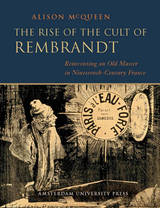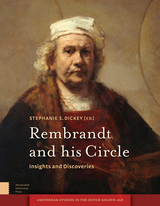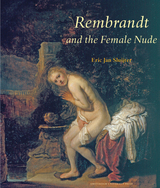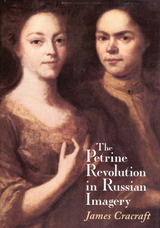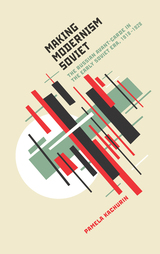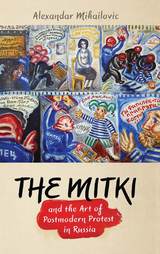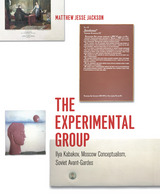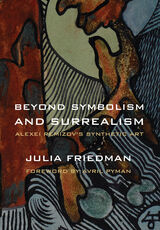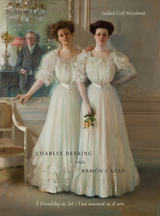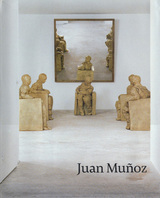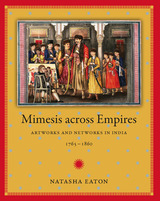Kazimir Malevich: The Climax of Disclosure
University of Chicago Press, 1991
Cloth: 978-0-226-12093-5
Library of Congress Classification N6999.M34C7 1991
Dewey Decimal Classification 759.7
Cloth: 978-0-226-12093-5
Library of Congress Classification N6999.M34C7 1991
Dewey Decimal Classification 759.7
ABOUT THIS BOOK | AUTHOR BIOGRAPHY | TOC
ABOUT THIS BOOK
Kasimir Malevich's (1878-1935) sudden and startling realization of a nonrepresentational way of painting, which he called Suprematism, stands as a seminal moment in twentieth-century art. Rainer Crone and David Moos trace the artist's development from his beginnings in the Ukraine to his involvement with Futurist circles in Moscow through to the late 1920s and beyond. They convincingly demonstrate that Malevich's late representational painting, still widely misunderstood, solidifies his extraordinarily inventive stance.
Against the historical background of distinctly Russian progressive cultural and scientific movements, the authors define affinities between Malevich's work and other nonpolitical revolutions: relativity and quantum theory in physics; the work of Roman Jakobson and the "Prague School" in linguistics; and the exploration of language in the writings of the poet Velimir Khlebnikov. They situate the artist within the fundamental epistemological shift from nineteenth-century objectivity to an all-pervasive modernist subjectivity, relying upon Malevich's contribution to illustrate the ways cultural production is mediated through various modes of transmission.
Against the historical background of distinctly Russian progressive cultural and scientific movements, the authors define affinities between Malevich's work and other nonpolitical revolutions: relativity and quantum theory in physics; the work of Roman Jakobson and the "Prague School" in linguistics; and the exploration of language in the writings of the poet Velimir Khlebnikov. They situate the artist within the fundamental epistemological shift from nineteenth-century objectivity to an all-pervasive modernist subjectivity, relying upon Malevich's contribution to illustrate the ways cultural production is mediated through various modes of transmission.
See other books on: 1878-1935 | Art | Criticism and interpretation | Disclosure | History
See other titles from University of Chicago Press

